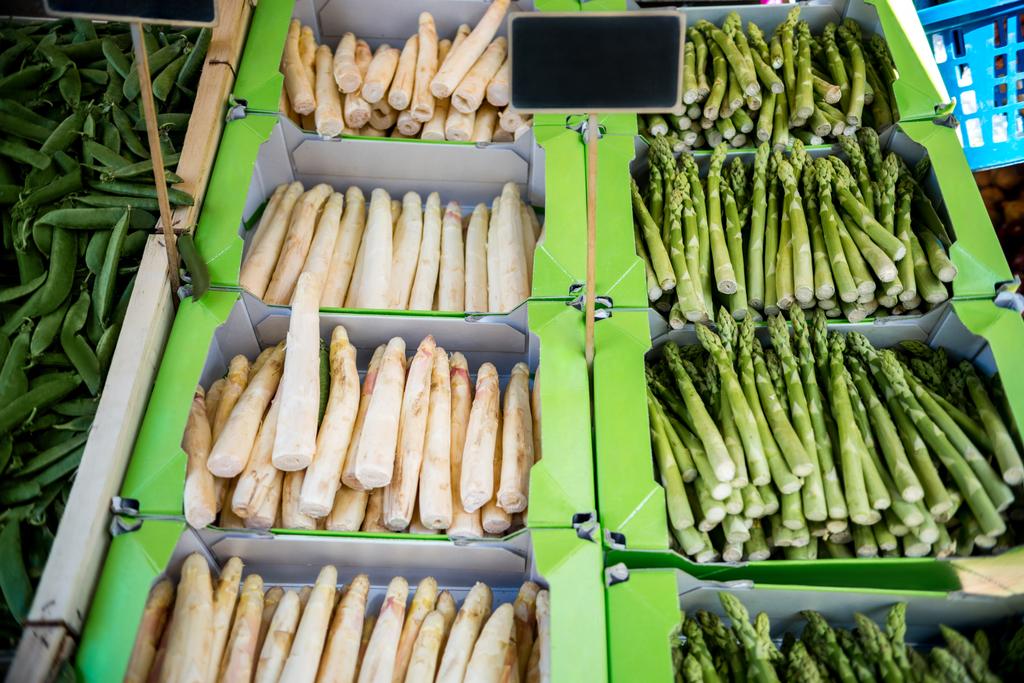The passion for coffee has its beginnings in Ethiopia in the 9th century. The legend surrounding the most coveted bean in the world began in what is now the Ethiopian region of Kaffa: according to the tale, the goatherd Kaldi observed that after eating some red fruits from a special plant, some of his goats became extraordinarily awake and active and jumped around at night. Meanwhile, the rest of the herd, who hadn’t eaten any of the red fruits, were fast asleep. When the shepherd tried some of the fruit after a few observations, he discovered the stimulating effect himself.
According to legend, he told the monks of a nearby monastery about it, who experimented with the fruit and used it to prepare an infusion. And the effect also took its course with the monks: After enjoying the brew, they were able to pursue their pious activities even at a late hour.
The tales differ as to whether the goatherds or the monks became aware of the delicious roasted aroma through contact with fire and began to only use roasted fruits. Either way, this legend is the cornerstone of our coffee culture today, and the custom of processing and consuming the fruit of the coffee plant quickly spread and enjoyed great popularity. The tradition of cultivating high-quality Ethiopian coffee is still an integral part of everyday life in the landlocked African country. Around 12 million people in Ethiopia earn their living by growing coffee.
Origin of Yirgacheffe coffee

Probably the most famous and popular Ethiopian coffee is the Yirgacheffe coffee, which was named after its growing region in the south of the country. This is planted by many small farmers whose coffee gardens are usually smaller than one hectare. This individual cultivation technique has the advantage that each individual coffee plant is lovingly cared for, cared for and processed.
At an altitude of between 2,000 and 2,200 meters, the coffee cherries gradually ripen in the cool mountain climate and nutrient-rich soil, which allows them to develop their diverse aromas and fruity-spicy flavors. Due to the excellent environmental conditions in this region and the constant improvements in quality, this exceptional coffee is enjoying ever-growing demand.
The Yirgacheffe enchants coffee lovers with a very fresh, flowery and fruity taste. The typical Yirgacheffe flavor and the incomparable taste of citrus are unmistakable trademarks of this coffee. The fruity aroma is reminiscent of flowers and berries. The experience is rounded off by a long-lasting, caramel-like aftertaste. The Yirgacheffe is also a popular part of the coffee ceremony in Ethiopia, a tradition that is still part of social and cultural life today.
Our tips for the perfect Ethiopian coffee

How do you prepare the exceptional Yirgacheffe coffee? There are many different ways to tease out the strong, voluminous and aromatic taste of Yirgacheffe. The preparation in the French Press or the coffee filter ideally brings out all the fine nuances and the pleasant acidity of this special coffee.
The Yirgacheffe is perfect for a delicious espresso or as a tasty basis for milk specialties. With this unique coffee from Ethiopia you will certainly experience very special moments of pleasure!








